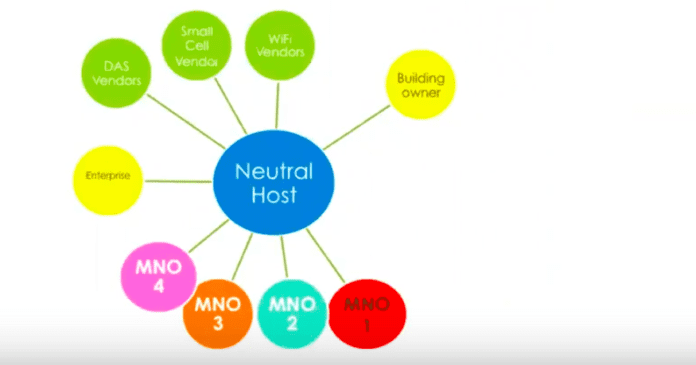Manufacturing has come full circle, from craft production in the first industrial age, through mass production in the global age, and a new compulsion towards hyper-customisation and the idea of a ‘lot-size of one’.
This concept of ultra-bespoke production is becoming viable, almost, as digital technologies, covering the arts of sensing and sense-making, become more affordable and advanced. For venture capital firms, funding the next wave of innovation, this is where the magic is.
Silicon Valley based Finistere Ventures has backed the ‘ag-tech’ sector, which is taking the same cues for food production, and bringing production and consumption closer together. Its review of investments in ag-tech provides an in-depth insight on global financing activity, industry trends, and regional variations in the sector. It reckons $1.6 billion has been invested in the sector globally in 2018 as of the end of 2018.
Enterprise IoT Insights caught up with Spencer Maughan, co-founder and partner at Finistere Ventures, as part of its own report on the state of the smart farming market. The report, free to download, can be found here. This is Maughan’s summary of the most fertile aspects of smart farming and the supply chain.
“Consumers want greater transparency and higher quality. The old way of doing things is under pressure.”
Spencer Maughan, co-founder and partner, Finistere Ventures
“Agriculture is one of the largest asset classes globally, accounting for production of up to $5 trillion of goods, reliant on highly variable manufacturing, which mostly uses analogue technologies. The ability to exploit large data-sets enables decision making that will maximise profit. The only way to achieve massive-scale discrete data collection is with new sensing modalities and analytics software.

“To enable this chain, technologies have had to come down in cost. Compute power, DNA sequencing, PCB manufacturing, drones, camera devices, and mobile computing have all seen massive cost decreases over the last decade. This has ripened the investment space.
“We have invested in two companies, Farmer’s Fridge and Plenty, that conflate the supply chain. While they have very different businesses (Farmer’s Fridge sells fresh food from smart vending machines, scaling the availability of local produce; Plenty has reinvented indoor farming to make local production of produce scalable), they are both disrupting the traditional supply chain.
“As well, large corporate farms are moving to data-driven input decisions rather than relational sales and decision making. This has increased the emphasis on agronomic value of digital solutions. We are working with companies to better characterise the value that data-driven sensing technologies can create.
“The largest opportunity for IoT is to better match changing consumer preference to production. Consumers want greater transparency and higher quality. The old way of doing things is under pressure. These changes will need data to optimise efforts as the West moves from bulk commodities to fresh locally-grown produce.”
This is an excerpt from a new editorial report from Enterprise IoT Insights, called Connecting Agriculture – the promise of smart farming and the challenge of connectivity’, which looks at development of IoT technologies in the farming and agricultural sectors. The report, free to download, can be found here. It is the second in the new Making Industry Smarter report series from Enterprise IoT Insights. For a full schedule of editorial reports, see back page of the Connecting Agriculture report.

